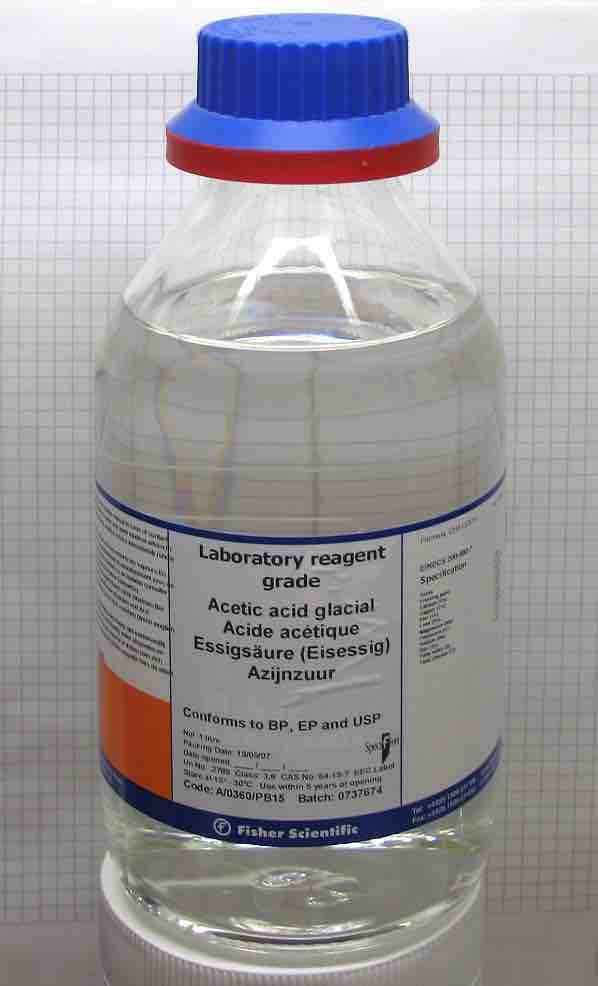A buffer is an aqueous solution consisting of a mixture of a weak acid and its conjugate base or a weak base and its conjugate acid. A buffer's pH changes very little when a small amount of strong acid or base is added to it. It is therefore used to prevent change in the pH of a solution upon addition of another acid or base.
The pH of a buffer depends on the ratio [base]/[acid] rather than on the particular concentration of a specific solution. The exact ratio of the base to the acid for a desired pH can be determined from the Ka value and the Henderson-Hasselbalch equation.
For example:
Suppose you wish to prepare a buffer solution to keep the pH at 4.30. You can use one of these acid/conjugate base pairs:
- HSO4-/SO42- (Ka = 1.2x10-2)
- HC2H3O2/C2H3O2- (Ka = 1.8x10-5)
- HCN/CN- (Ka = 4.0x10-10)
Which pair should be used? What amount of acid and base should you use to create the buffer?
Solution:
The desired pH = 4.30, so:
[H+] = 10-pH = 10-4.30 = 5.0 x 10-5 M
Of the acids listed, the Ka value for acetic acid is closest to the desired hydrogen ion concentration. Therefore, you need only to adjust the ratio of [C2H3O2-]/[HC2H3O2] to get the desired final hydrogen ion concentration. The pKa of acetic acid is
You can then use the Henderson-Hasselbalch equation:
To satisfy the expression, the ratio of [C2H3O2-]/[HC2H3O2] must be 0.36 to 1. Therefore, if you add 0.36 mol of sodium acetate and 1.00 mol acetic acid (or any other pair of amounts such that the ratio is still 0.36 to 1) to enough water to make 1.0 L of solution, the solution will be a buffer with a pH of 4.30.

Acetic acid
Pure, laboratory-grade acetic acid.
Extrapolating further from this, a buffer is most effective when the concentrations of acid and conjugate base (or base and conjugate acid) are approximately equal—in other words, when the log [base]/[acid] equals 0 and the pH equals the pKa. This is due to the change that occurs when another acid or base is added to the buffer. The change is minimized if the concentrations of acid and conjugate base are equal. The more the ratio needs to differ to achieve the desired pH, the less effective the buffer. As a general rule of thumb, the relative amounts of acid and base in a buffer should not differ by more than tenfold.